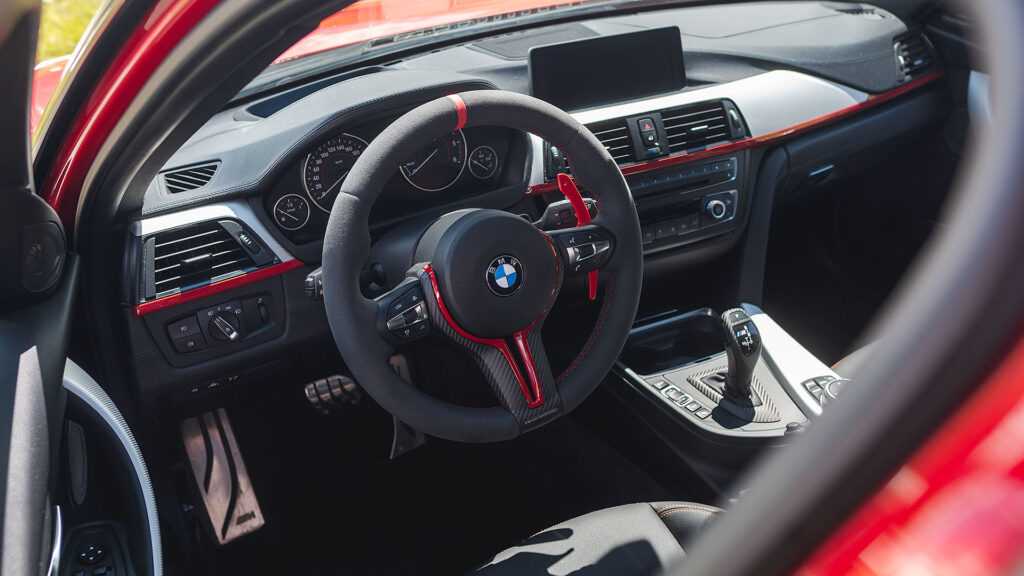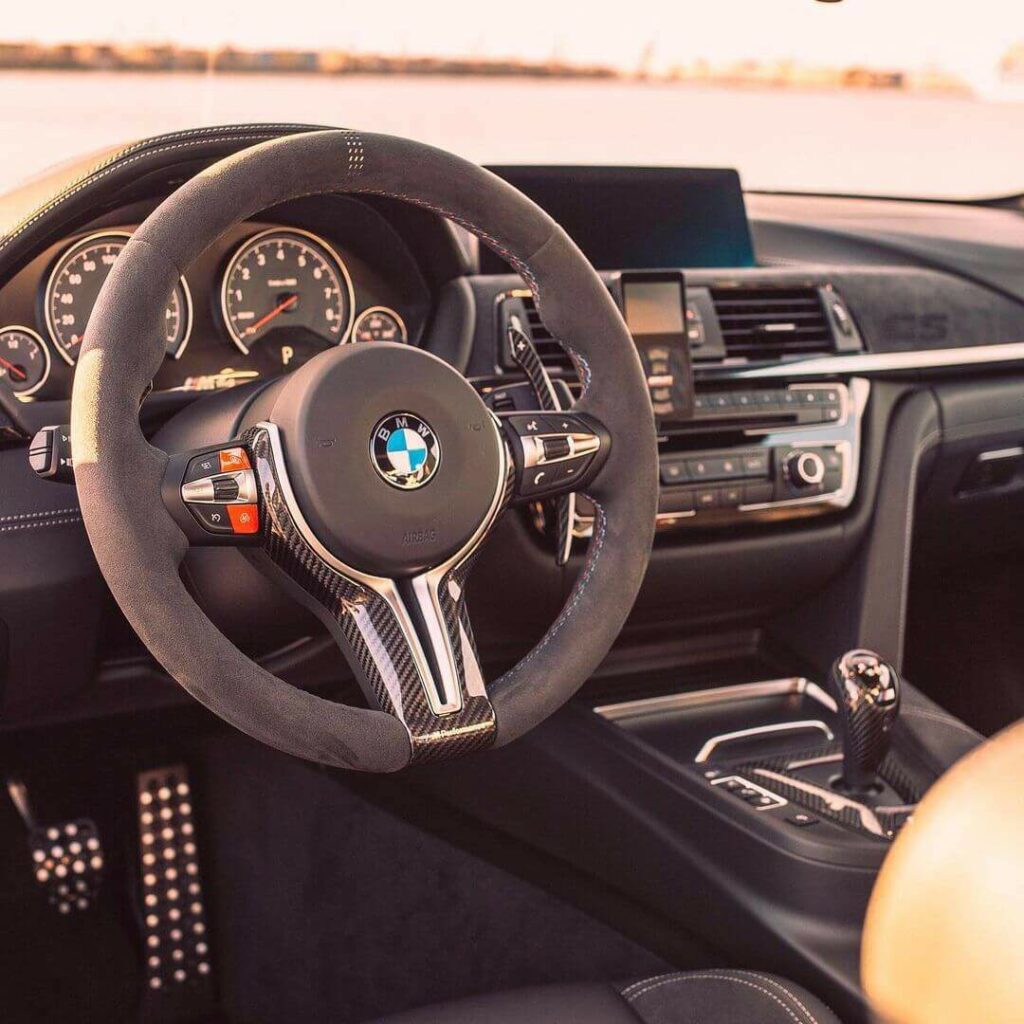Paddle Shifters – The New Manual Transmission
It is no secret that the manual transmission has been on the decline over the past decades. What was once an abundant option has now been relegated to only a few new models. With automatic transmissions getting better at maintaining optimum revs and shift times, automatics have become the better performing option for the most part.
Still, many new owners purchasing a BMW, MINI or Toyota wish to have a more involved driving experience, even if it won’t garner the perfectly optimal performance. Sometimes you want to just drive a car for the experience, rather than just serving as a tool to get from point A to point B.
Luckily, many of these new cars still give you a say in regards to which gear you’d like to be in. Thanks to included paddle shifters, when the time comes for more spirited driving, you can take control of the gear selection for your car.

Brief History of Paddle Shifters
Like many automobile innovations, paddle shifters first found their way into the world through Formula One. During the late 1980s, Ferrari introduced the first sequential paddle-shift gearbox in their Ferrari 640. The new system was far from reliable in its early seasons, but it would later catch on with other teams, eventually becoming the standard by the 1990s. Today, every Formula One car functions with a paddle shifter.
It would take a while for the innovation to trickle down into public offerings. The first-ever paddle shifter in a road car was offered by Ferrari in 1997 with the F355. At this point, paddle shifters were seen as the true transmission choice for enthusiasts, rather than the then outdated manual.
As with all things, the innovation got cheaper and cheaper to produce. Now you can find paddle shifters on affordable economy cars to even minivans.

Advantages
For those that crave absolute control of their vehicle, there will unfortunately not be much that can sway them from a manual. However, paddle shifters offer a multitude of conveniences over traditional manuals.
The biggest of course is flexibility. If manually changing gears ever gets tiresome, just stick it in Drive and go on with your day. Even the most enthusiastic manual fans will wince at the thought of constantly shifting gears in bumper-to-bumper traffic.
In regards to maintenance, the car’s computer will automatically prevent you from making any ill-attempted gear shifts that could possibly damage your transmission, giving you some extra peace of mind.
For those worried about performance, the gear shifts with a paddle shifter will be faster than anything you can muster yourself. At the end of the day, the difference is a matter of milliseconds, but for those that need to push the limits, paddles will allow you quicker shifts.
Mechanically, the process of shifting gears with a paddle might be less involved, but at least it’s better than having no control at all.

Custom Paddle Shifters
With paddle shifters inevitably being the dominant choice for enthusiasts in years to come, you might as well opt for some paddles that both look and feel good. In many cars, the paddle shifters are an afterthought. For those looking to use them constantly, changing the paddles can make the shifting experience more enjoyable.
Please check out our wide selection of paddle shifters for your BMW, MINI or Toyota.
